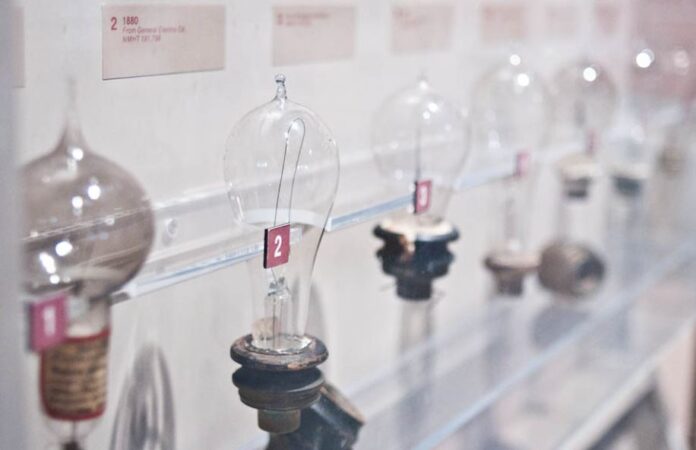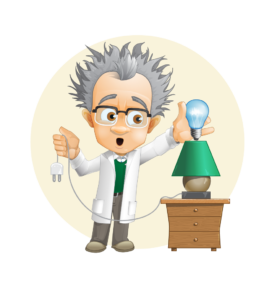The lighting community lost one of its most brilliant minds this past summer when solid-state lighting advocate and researcher, Roland Haitz, passed away in his California home. Haitz was active in the world of light-emitting diodes until his final days, having signed on to work with QuarkStar four years ago, at the age of seventy-six. As an early supporter of LED technology, Haitz predicted that LED lighting would become the technology of choice as materials and methods of production improved. His predictions were so accurate they became known as “Haitz’s Law.”
Paying Tribute to a Mind with Universal Appeal
Roland Haitz worked for decades to bring this innovative lighting technology to the mainstream. His vision was to create a world where traditional lights, like fluorescent and incandescent bulbs, were seen as inefficient, substandard options. Haitz foresaw the global transition to solid-state lighting, long before LEDs began to penetrate the wider lighting market.
At the Strategies in Light conference in 2000, Haitz announced his prediction that the cost per lumen for LEDs would fall by a factor of ten every decade, while the amount of light generated per LED would increase by a factor of twenty. His work also predicted that LED lighting would reach an efficacy of 100 lumens per watt (lm/W) by 2010, with a cool 150–180 lm/W efficacy achievable by 2020. Haitz discussed the exciting prospect of super-efficient lighting and the wide range of its possible applications, including LCD backlighting, mobile-phone flashlights, and more, which prompted a surge of investment into LED research.
A Proper Memorial
Thus far, Haitz’s Law has proved to be infallible, with LED technology advancing past the 2010 benchmark of 100 lm/W. The scope of LED lighting applications has surpassed the already-broad scope Haitz and other researchers foresaw. LED lighting has become integral to the development of technology trends such as visual light communications (VLC), the Internet of Things (IoT), and human-centric lighting (HCL).
LEDs have radiant potential thanks to the advocacy of researchers like Roland Haitz. His work motivated the lighting community to fund the development of more-efficient LEDs, which can now be found in myriad expanding applications. With LED lighting, users can control the intensity, the color, and even the direction of their light sources. With wireless communication devices and VLC, controls can be accessed via smartphone or remote. Light-emitting diode streetlights can be fitted with sensors to relay information about traffic, parking availability, humidity, and air quality. Adaptive LED car headlights can automatically sense approaching vehicles and dim when appropriate.
There is a seemingly endless number of purposes for light-emitting diodes in a variety of emerging technologies. Thanks to researchers like Roland Haitz, the future will certainly be bright—and energy-efficient.




